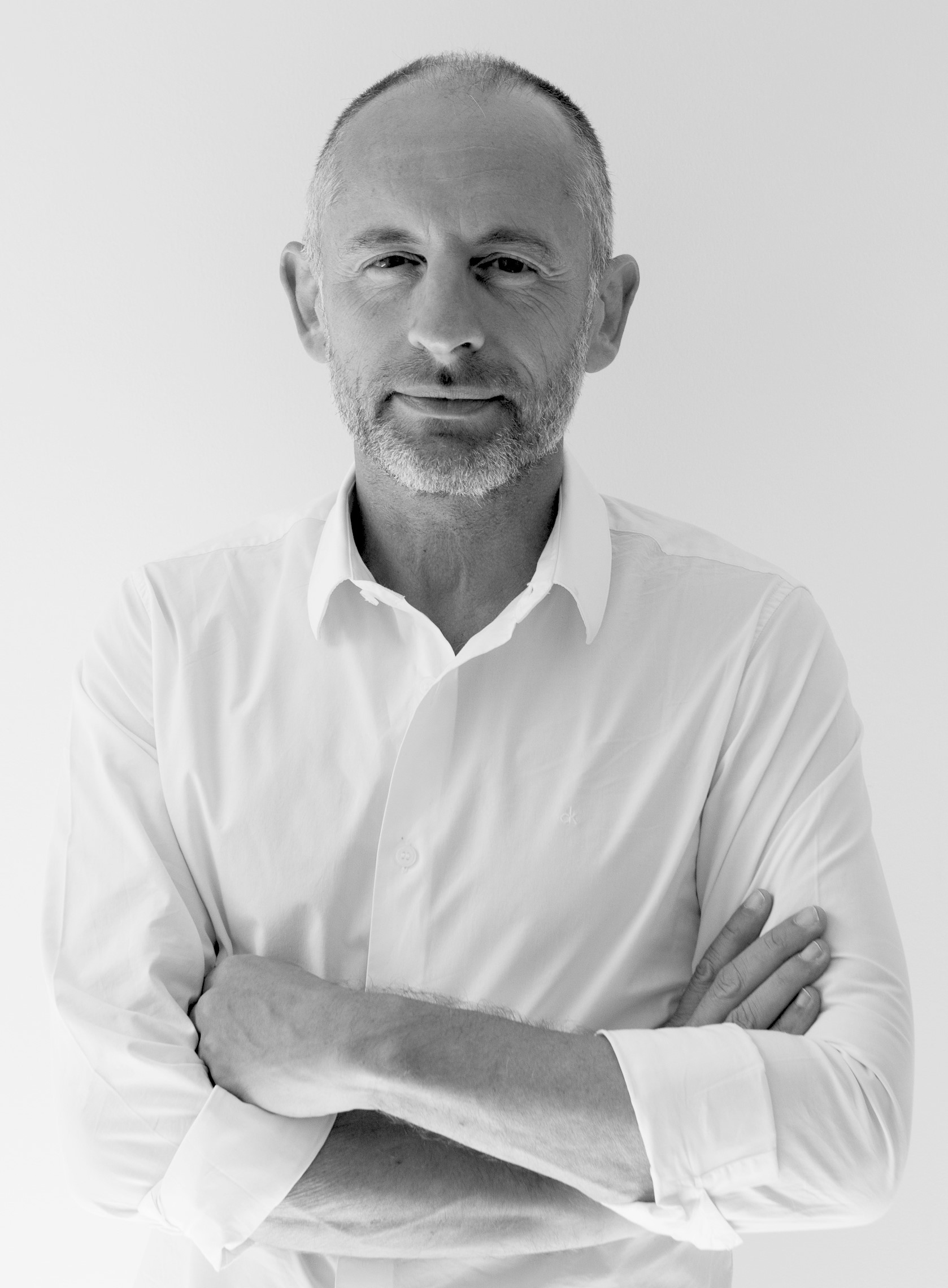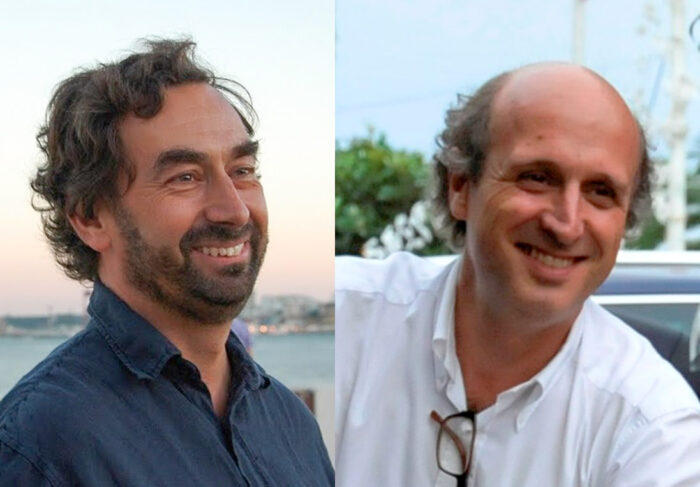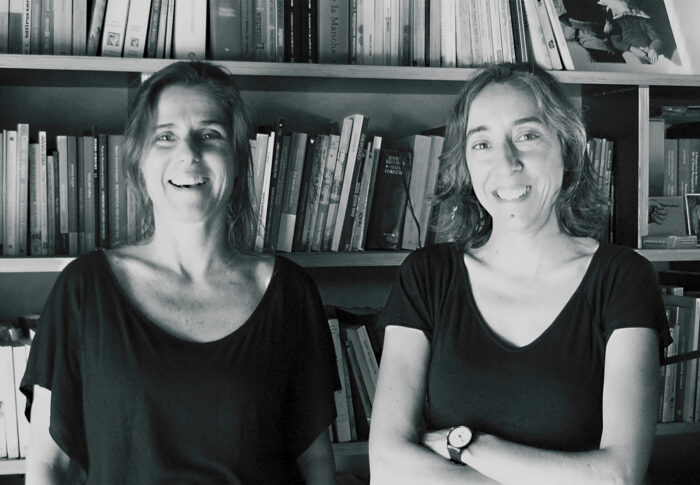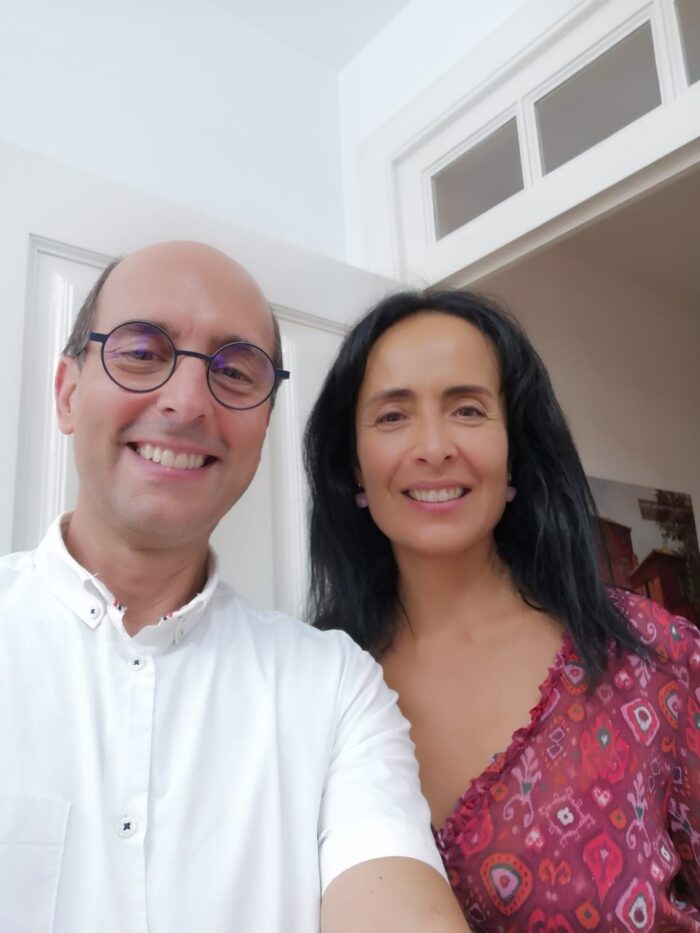A conversation with Arch. Pedro Domingos

A conversation with Arch. Pedro Domingos
'Historically, Portuguese architecture has always been in a condition of scarcity. We learn to do well with little. In this moment of crisis, we know how to reposition ourselves. I like this dimension. ’
You’ve worked with the Arch. João Luís Carrilho da Graça, between 1988 and 1997, then shared a studio with Arch. Inês Lobo, between 1997 and 2002. What made you move on to a project in your own name?
It was a relatively natural route. I started working early, at the arch. Carrilho da Graça’s studio, at his invitation, because he had been my teacher. This working relationship lasted about ten years and it was a privilege, I’ve learned a lot from him, he is a very generous person for is collaborators. Even today, I feel that there are many things about my posture as an architect that come from working with him. He was, and continues to be, a determining figure in my path, he is a remarkable architect. After this stage of learning, in an environment where architecture is done with a lot of intensity, the desire came to risk an autonomous path. I had a studio with Arch. Inês Lobo, which lasted five years. It was an equally important period, it was a test on the possibility of having our own space. Later, the moment came when we were more confident, more enlightened about what we wanted to experience, about what interested us and we decided to follow our own path. I continue, sometimes, to do work in partnership with other architects.
Tell us a little about how you see architecture.
In our atelier we have a very dedicated practice, we are very strict, we are interested in developing projects where there is space for research. We try to do projects that solve the problems that are presented to us in the most complete way possible. I like to do projects where people who are really interested in architecture come together. I like the idea of multidisciplinarity, where the architect is a kind of “conductor” – in the case of BETAR, eng. Miguel Villar is the type of “musician” who is always in tune, always asking very pertinent questions during the development of projects, which go far beyond the area of engineering. We are not focused on a specialization, the diversity of subjects and jobs is one of the most fascinating aspects of the profession. In Portugal, training in architecture makes the architect able to solve any problem that is posed to him.
You’ve won the contest for the rehabilitation of Parque das Camélias, in co-authorship with the arch. Inês Lobo. Do you think competitions are a fair way to evaluate the work of architects?
I have run many contests, and I continue to do so every year, and I have no reason to complain. In everyone that I participated, I always thought that if we’ve won, it was because our project had quality and that was recognized; when we lost it was for a project that was better. I’ve always felt that the jury was qualified and that it is a valid and fair process of evaluating and making architecture. I like the format. The competition is a very particular model of thinking about architecture, it is a rehearsal in a very short time, there is a very strong side of intuition… This year we have already participated in a competition for a tower in Lisbon, with the archs. João Favila and João Simões, and with eng. Miguel Villar. It was very interesting because we had never thought about what it means to build a tall building in Lisbon. We were very happy with the result.
The Sever do Vouga Basic and Secondary School project was nominated for the Archdaily Building of the Year 2014 and won the international award FAD 2013. How important were these recognitions to your professional activity? Did the awards have practical effects in the atelier?
The importance of the awards is closely linked to the recognition of the work we have done. The projects are always long distance running, we often have doubts if we are doing a good job, because there is a lot of resistance and it is very difficult to do a good project and a good work, and the prizes allow us to confirm that we are on the right path. In our area, the result of the awards is not immediately felt. I feel that they help a little in the case of new customers, to make them feel more confident. And they help to build a certain space so that we can continue to do projects.
You were a professor at Universidade Lusíada, between 1999 and 2008, and at the University of Évora, from 2006 to 2012. Are these types of side projects a good complement to your activity as an architect? And what did you try to convey to your students?
Teaching projects are very important for practice because sharing with students is very stimulating, it forces us to permanently synthesize what we think, the way we look at architecture. It is a very rich space where the commitment is to share knowledge with students. We create conditions for reflections and essays on architecture, which often have consequences for our practice. I was always very sincere with the students, sometimes too much, but above all very optimistic, I always tell the students that, above all, it is necessary to have the desire to do. If that exists, things happen naturally.
How do you see the architecture that is being done in Portugal, nowadays?
I think that there are increasingly better architects and better architecture. We have the problem of Portugal being a peripheral and relatively small country, which poses very particular questions. Portuguese architecture has an advantage: historically, we have always had a condition of scarcity, lack of means, which created a way of making architecture that does not come from constructive sophistication. We’ve learned to do well with little, we looked for the essence of architecture: building from the territory, reflecting on the qualities and organization of the space, on the importance of light… I think that Portuguese architecture is unique for that reason, and in this moment of crisis, we know how to reposition ourselves and focus on what is really fundamental. In Portugal there is a lot to do in relation to public space, rehabilitation, cities. This period of crisis must be seen as an unique opportunity to think about problems with time.
And in relation to the future of the studio, what challenges are on the table?
Right now we are very excited, we are doing very different jobs ranging from houses, which have a laboratory side that I like a lot – we have several foreign customers wanting to build houses in Portugal which is great; – we are also designing a garden for a private house – a theme that I had never done before and that fascinates me; – the reuse of a monastery in Lisbon; reflecting on a series of accesses to Castelo de São Jorge… We are on many fronts, and at the moment the big challenge is to be able to continue to make good projects.
This interview is part of the Artes & Letras Magazine # 54, June 2014
Partially automatic translation from portuguese: some expressions may differ from their actual meaning.
News & Interviews
A conversation with Arch. Pedro Ravara and Arch. Nuno Vidigal
'The relationship with the students is fascinating and fundamental in order to stay "up to date". They are our best specialty magazine'. Read more
A conversation with Arch. Filipa Cardoso de Menezes and Arch. Catarina Assis Pacheco
‘The perusal of the terrain is the starting point, and it is from this interaction with the place and its specificities that our work arises’ Read more
A conversation with Arch. Miguel Malaguerra, Arch. Susana Jesus and Arch. Bruno Martins
‘Inventiveness has become our best tool and has given excellent results.’ Read more




